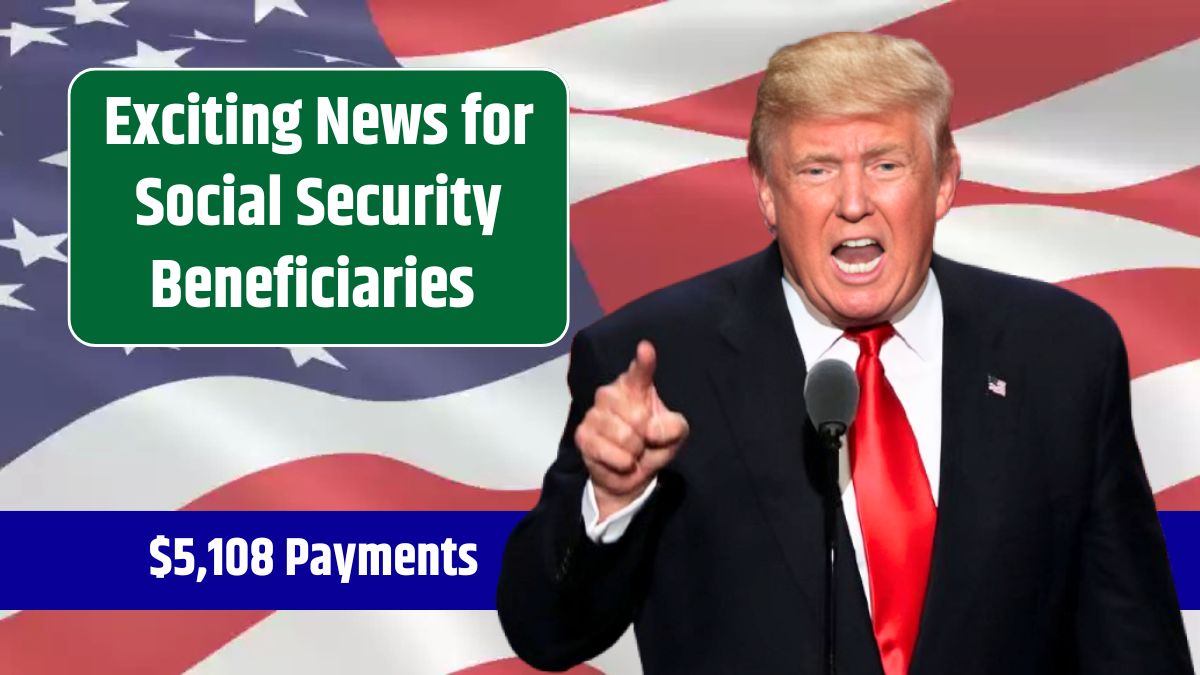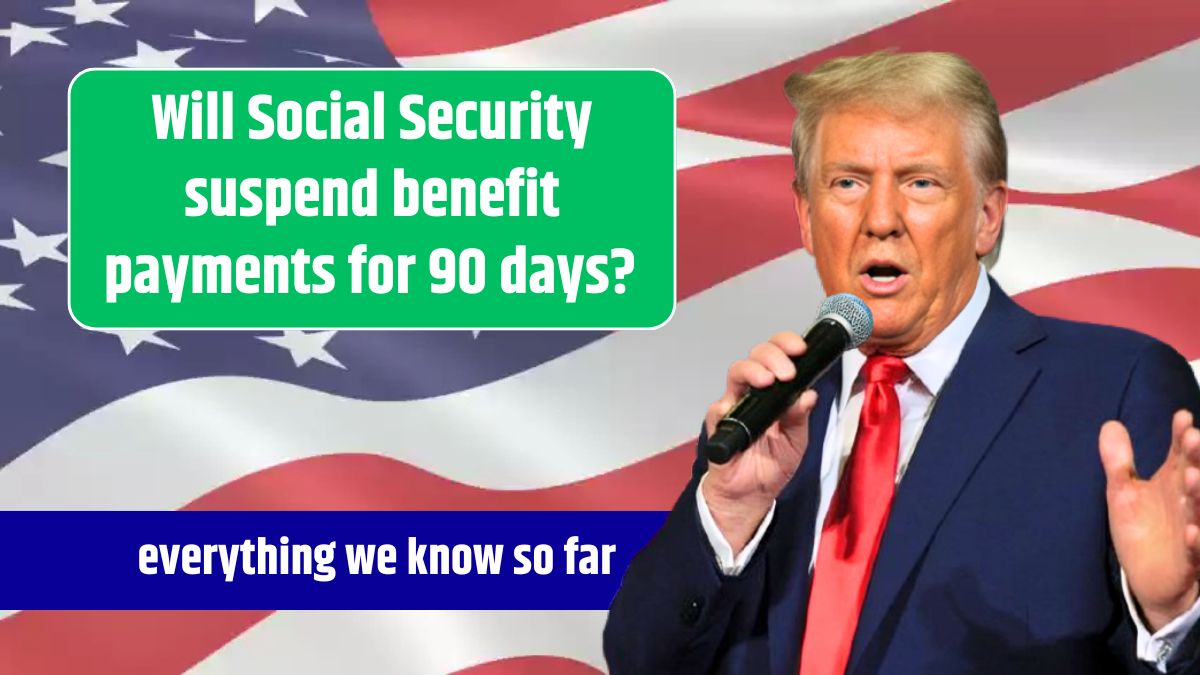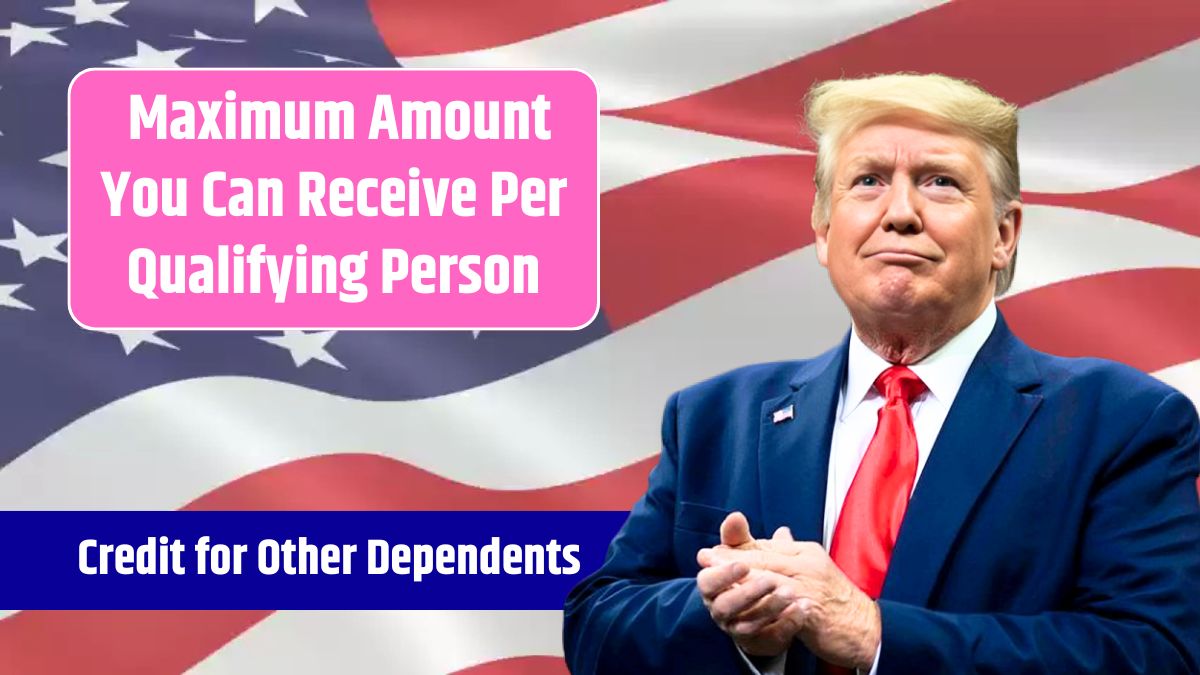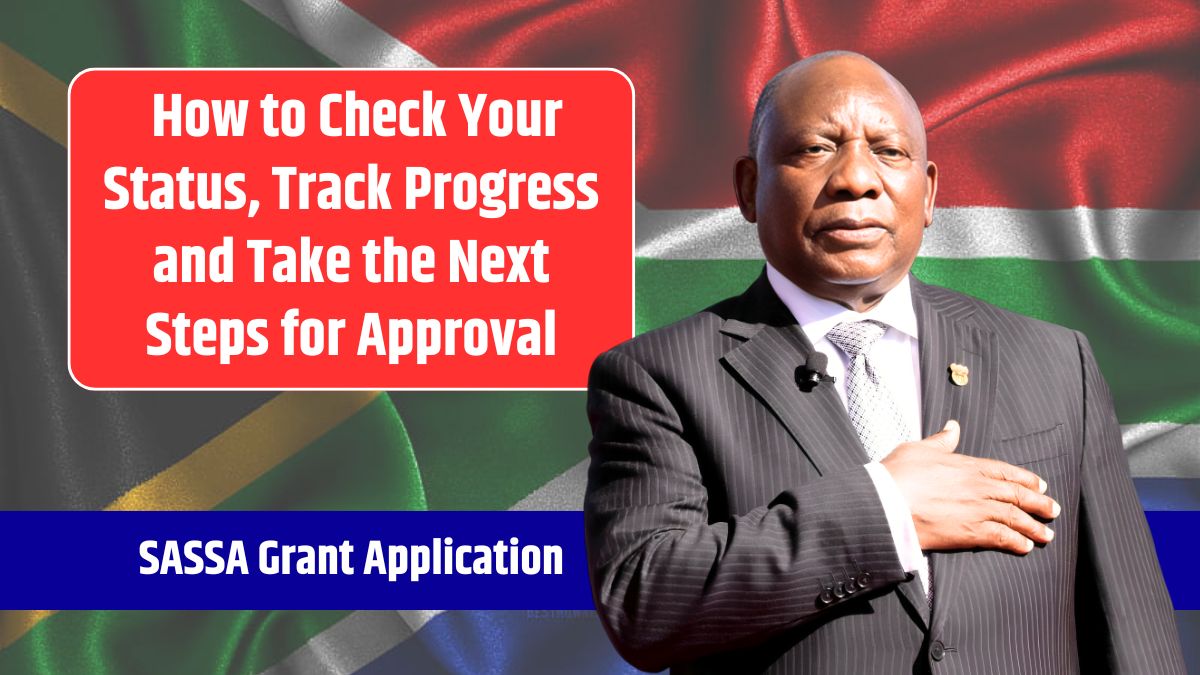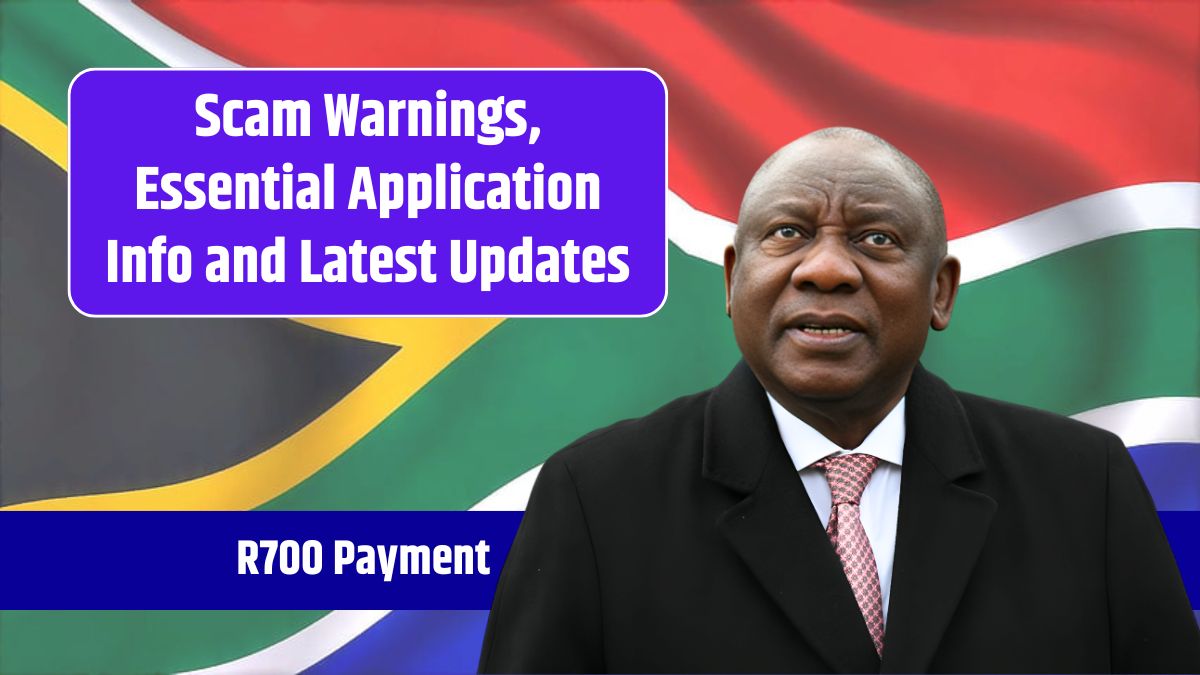The Trump administration has announced plans to reduce the Department of Veterans Affairs (VA) workforce by approximately 80,000 positions, aiming to revert staffing levels to those of 2019. This initiative is part of a broader strategy to streamline federal agencies and curtail government spending. While the administration asserts that essential services will remain unaffected, this proposal has ignited significant debate concerning its potential repercussions on veterans’ services.
Objective Behind the Job Cuts
The primary goal of these reductions is to eliminate redundant roles and enhance efficiency within the VA. According to internal communications, many of the targeted positions are administrative and not directly involved in patient care or veteran services. This move aligns with the administration’s broader agenda to downsize the federal workforce, which includes substantial cuts in other agencies such as the Internal Revenue Service (IRS) and the Centers for Disease Control and Prevention (CDC).
Potential Impacts on Veterans’ Services
Despite assurances from VA Secretary Doug Collins that critical services will not be compromised, numerous veterans’ organizations and lawmakers have voiced concerns:
- Extended Wait Times for Healthcare: The VA healthcare system caters to over 9 million veterans annually. Existing staffing challenges have already led to delays in medical appointments. Further workforce reductions could exacerbate these issues, resulting in longer wait times for veterans seeking medical attention.
- Delays in Benefits Processing: The VA processes millions of benefit claims each year, including disability compensation, education benefits, and pensions. A diminished workforce may slow down the processing of these claims, causing veterans to wait longer for essential financial support.
- Impact on Veteran Employees: Approximately 25% of VA employees are veterans themselves. Consequently, the proposed cuts could disproportionately affect those the department aims to serve, potentially leading to job losses among veterans who rely on these federal positions for employment.
- Concerns About Privatization: Critics argue that these cuts may signal a shift toward privatizing certain VA services by transferring more responsibilities to private healthcare providers. While the VA has expanded its Veterans Community Care Program, there are fears that this could lead to a gradual dismantling of the VA system. reuters.com
Alternative Solutions for Enhancing VA Efficiency
Instead of implementing extensive layoffs, experts have proposed several strategies to improve VA operations:
- Technological Investments: Upgrading electronic health records (EHRs) and automating administrative processes could reduce costs without necessitating job cuts.
- Staff Reallocation: Transferring underutilized employees to high-demand areas, such as mental health services and claims processing, could optimize resource distribution.
- Public-Private Partnerships: Collaborating with nonprofit organizations and private hospitals may enhance service delivery without compromising the VA’s core mission.
- Performance-Based Reviews: Conducting targeted assessments to identify inefficiencies could lead to more precise improvements without broad workforce reductions.
Reactions from Stakeholders
- Supporters’ Perspective: The administration contends that reducing bureaucracy and cutting unnecessary costs will enhance the VA’s efficiency. Some conservative policymakers believe the VA has been overstaffed and that private sector involvement could improve service delivery.
- Critics’ Perspective: Veterans’ advocacy groups, such as the Veterans of Foreign Wars (VFW) and the American Legion, have strongly opposed the cuts. Democratic lawmakers have labeled the move a “betrayal of veterans” and are advocating for legislation to protect VA jobs.
As the administration proceeds with these workforce reductions, close scrutiny from policymakers, veterans’ organizations, and the public will be essential to ensure that veterans’ services are not adversely affected by these cost-cutting measures.
FAQs:
Will the job cuts affect the quality of healthcare services provided to veterans?
While the administration asserts that essential services will not be impacted, there are concerns that reducing staff could lead to longer wait times and decreased quality of care.
Are veterans employed by the VA at risk of losing their jobs?
Yes, since approximately 25% of VA employees are veterans, the proposed cuts could result in job losses among veteran employees.
Is this part of a broader plan to privatize VA services?
Some critics believe that these cuts may be a step toward privatizing certain VA services by shifting responsibilities to private healthcare providers.






